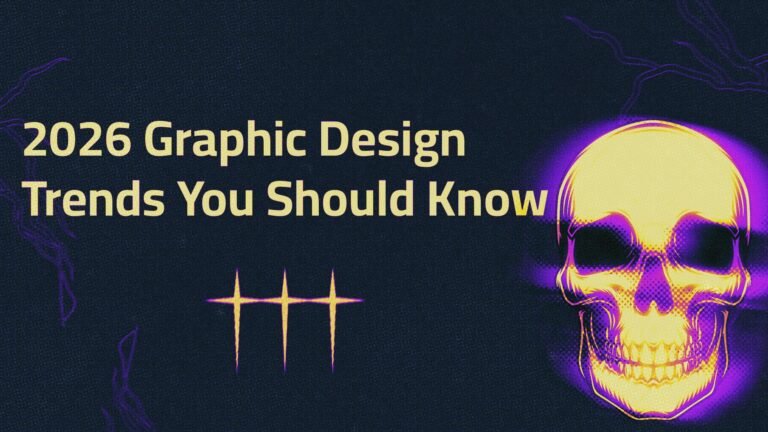Introduction: The Ever-Evolving World of Graphic Design
As we navigate through the evolving landscape of 2026 graphic design trends, designers worldwide are witnessing a transformative shift in visual aesthetics and creative expression. This comprehensive graphic design trends 2026 report reveals that graphic design 2026 is characterized by a bold fusion of nostalgia and futurism, where font trends 2026 emphasize experimental typography with variable weights and kinetic letterforms. The graphic design trends in 2026 showcase an unprecedented embrace of AI-augmented creativity, immersive 3D elements, and sustainable design principles that reflect our collective consciousness. Industry leaders analyzing 2026 design trends graphic innovations point to a renaissance of maximalist compositions balanced with intentional negative space, while trends graphic design 2026 data indicates a strong preference for authentic, human-centric storytelling over polished perfection. These 2026 visual design trends are not merely aesthetic choices but strategic responses to how audiences consume and interact with digital content in an increasingly fragmented media landscape.
The world of graphic design is constantly shifting, and the 2026 graphic design trends are already making waves across the creative industry. From nostalgic callbacks to futuristic experimentations, designers are pushing boundries like never before. Whether you’re a seasoned professional or just starting your creative journey, understanding these 2026 graphic design trends will help you stay relevant and inspired.
In this comprehensive guide, we’ll explore the most exciting visual movements that are shaping the design landscape. These aren’t just fleeting aesthetics – they represent deeper cultural shifts, technological advancements, and collective desires for new forms of expression. Let’s dive into the 2026 graphic design trends that every creative should have on their radar.
Naïve design is one of the most intriguing 2026 graphic design trends, blending navigational interfaces with pixel-based aesthetics. This trend draws inspiration from early internet culture, video game interfaces, and retro digital displays. The term “Naïve” refers to the deliberately simplified, hand-drawn quality that gives designs a playful, unpretentious character.
What makes Naïve design stand out is its ability to transform ordinary user interfaces into playful, engaging experiences. Designers are incorporating chunky pixels, bitmap fonts, and grid-based layouts that remind us of 8-bit and 16-bit gaming eras. However, unlike simple retro throwbacks, Naïve design adds modern sophistication through clever animation, interactive elements, and strategic color palettes.
Brands are increasingly adopting this style for their digital products, especially in tech startups, gaming communities, and creative agencies. The aesthetic appeals to millennials and Gen Z audiences who have a soft spot for digital nostalgia while demanding contemporary functionality. Navigation menus become visual adventures, buttons transform into collectible items, and loading screens turn into mini-game experiences.
To implement Naïve design effectively, focus on creating clear visual hierarchies despite the pixelated aesthetic. Use contrasting colors to ensure readability, and don’t sacrifice usability for style. The best Naïve designs manage to be both visually striking and intuitively functional.
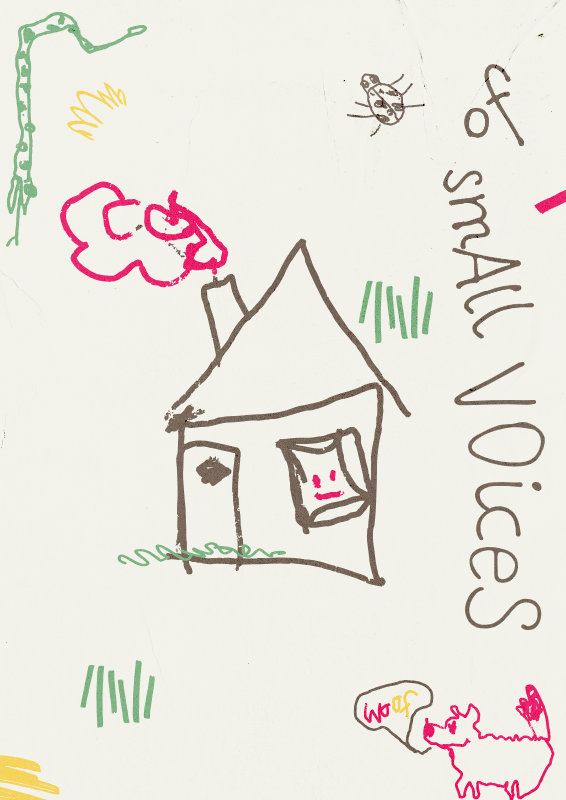
2. Trinket Design or Index Design: Organized Visual Collections
Trinket design, also known as index design, is emerging as one of the definitive 2026 graphic design trends. This approach treats design elements as collectible objects or artifacts arranged in organized, catalog-like presentations. Think of it as creating visual museums where each element is carefully curated and displayed.
The trinket design trend draws inspiration from Victorian cabinets of curiosities, scrapbooking, and digital collection interfaces. Designers are creating layouts that showcase multiple small objects, icons, or illustrations in grid formats or carefully arranged compositions. Each “trinket” tells part of a larger story, and together they create a rich, layered narrative.
This style works exceptionally well for brand identity systems, packaging design, and editorial layouts. Companies can present their product lines as collectible sets, magazines can organize information in visually appealing indexes, and websites can transform navigation into treasure hunts. The key is maintaining coherence while celebrating individual elements.
Color coordination plays a crucial role in trinket design. Many designers opt for monochromatic schemes with occasional pops of color to highlight specific items. Others embrace maximalist approaches with each trinket featuring distinct colors and patterns. Typography in trinket design tends to be clean and label-like, resembling museum placards or vintage catalog entries.
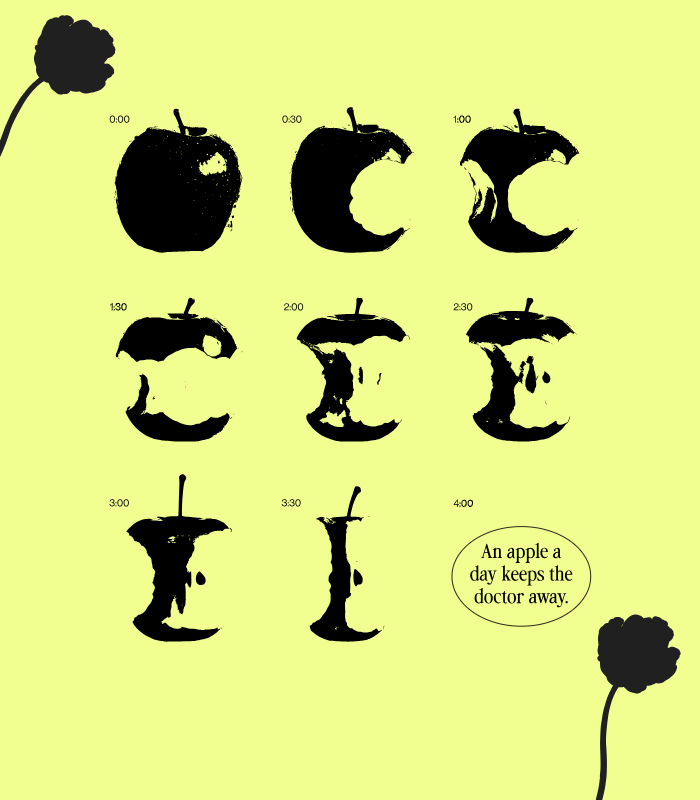
3. Gradient Layout: Smooth Transitions and Dynamic Flows
Gradient layouts continue to evolve in the 2026 graphic design trends landscape, moving beyond simple background treatments to become structural elements that guide user attention and create visual hierarchy. Modern gradient layouts are more sophisticated, subtle, and purposeful than ever before.
The current iteration of gradient design emphasizes smooth, organic transitions that mimic natural phenomena like sunsets, aurora borealis, and underwater light diffusion. Designers are moving away from the harsh, geometric gradients of previous years toward more painterly, atmospheric effects. These gradients don’t just decorate – they organize content, separate sections, and create depth.
One popular application involves using gradients as background systems that shift subtly as users scroll or interact with content. This creates a dynamic, living feel that makes digital experiences more engaging. Another approach uses gradients to create soft shadows and highlights that give flat designs a dimensional quality without relying on heavy 3D rendering.
Color choices in gradient layouts are becoming more experimental. While the purple-to-blue gradient remains popular, designers are exploring unusual color combinations like olive-to-coral, mustard-to-lavender, and sage-to-terracotta. The key is maintaining enough contrast for readability while creating visually interesting transitions.
When implementing gradient layouts, consider performance optimization, especially for web applications. Use CSS gradients when possible rather than image files, and test across different devices to ensure consistent rendering. The most successful gradient layouts feel intentional and integrated rather than decorative afterthoughts.
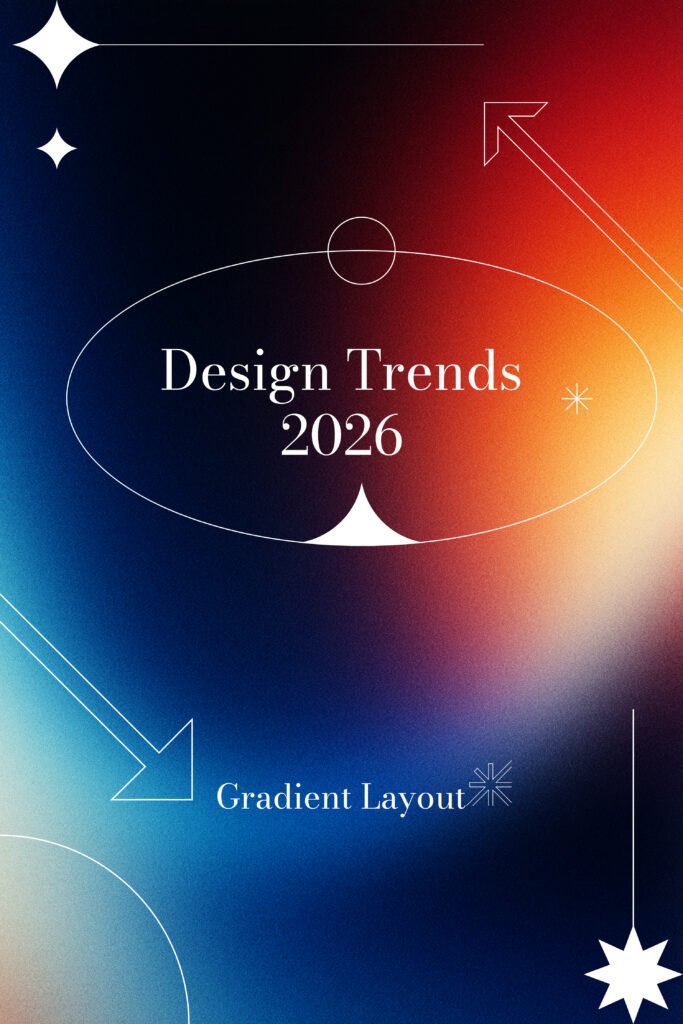
4. Fuzzy Amorphous Creatures: Playful Organic Forms
Among the most whimsical 2026 graphic design trends is the emergence of fuzzy amorphous creatures – soft, undefined organic forms that bring personality and warmth to digital and print designs. These blob-like characters lack rigid structure, featuring flowing outlines, soft edges, and tactile textures that invite interaction.
The fuzzy creatures trend represents a reaction against the clean, corporate minimalism that dominated previous years. Designers are embracing imperfection, asymmetry, and organic growth patterns. These creatures might serve as mascots, decorative elements, or interface components that guide users through experiences with playful charm.
What distinguishes these designs is their textural quality. Designers are incorporating grain, noise, and fuzzy edges that mimic natural materials like wool, clouds, or sea foam. Animation brings these creatures to life with gentle wobbles, breathing motions, and responsive behaviors that make them feel alive. They’re particularly effective in applications aimed at younger audiences, creative communities, and wellness brands.
Creating effective fuzzy amorphous creatures requires balancing cuteness with sophistication. The best examples avoid being overly saccharine by incorporating unexpected color choices, subtle details, or slight asymmetries that give them character. Think of them as abstract personalities rather than literal representations.
This trend works beautifully for brand mascots, app illustrations, and editorial graphics. Companies in tech, education, and healthcare are particularly drawn to these approachable forms as they soften the often intimidating nature of their services.
5. Acid Blur: Psychedelic Visual Distortions
Acid blur is pushing boundaries as one of the most experimental 2026 graphic design trends. This style combines motion blur, chromatic aberration, and psychedelic color shifts to create disorienting, dreamlike visuals that challenge conventional notions of clarity and readability.
Drawing inspiration from 1960s psychedelic art, glitch aesthetics, and experimental photography, acid blur creates visual experiences that feel simultaneously retro and futuristic. Designers achieve this effect through various techniques: Gaussian blurs with high contrast, RGB channel splitting, directional blurs, and color distortions that make images appear as if viewed through a kaleidoscope.
The trend reflects broader cultural interests in altered states, digital psychedelia, and the blurring of boundaries between physical and digital realities. It’s particularly popular in music industry graphics, fashion branding, and avant-garde editorial design. Electronic music festivals, underground venues, and alternative fashion brands have embraced acid blur to signal their countercultural positioning.
However, acid blur requires careful implementation. Used excessively, it can make content genuinely unreadable and inaccessible. The most effective applications use it selectively – perhaps blurring background images while keeping text sharp, or applying the effect to decorative elements while maintaining clear information hierarchy.
Typography in acid blur designs often features distorted, melting, or fragmented letterforms. Designers might apply different blur intensities to different parts of words, creating a sense of motion or dimensionality. Color palettes tend toward high-saturation neons, complementary contrasts, and unexpected combinations that enhance the psychedelic quality.
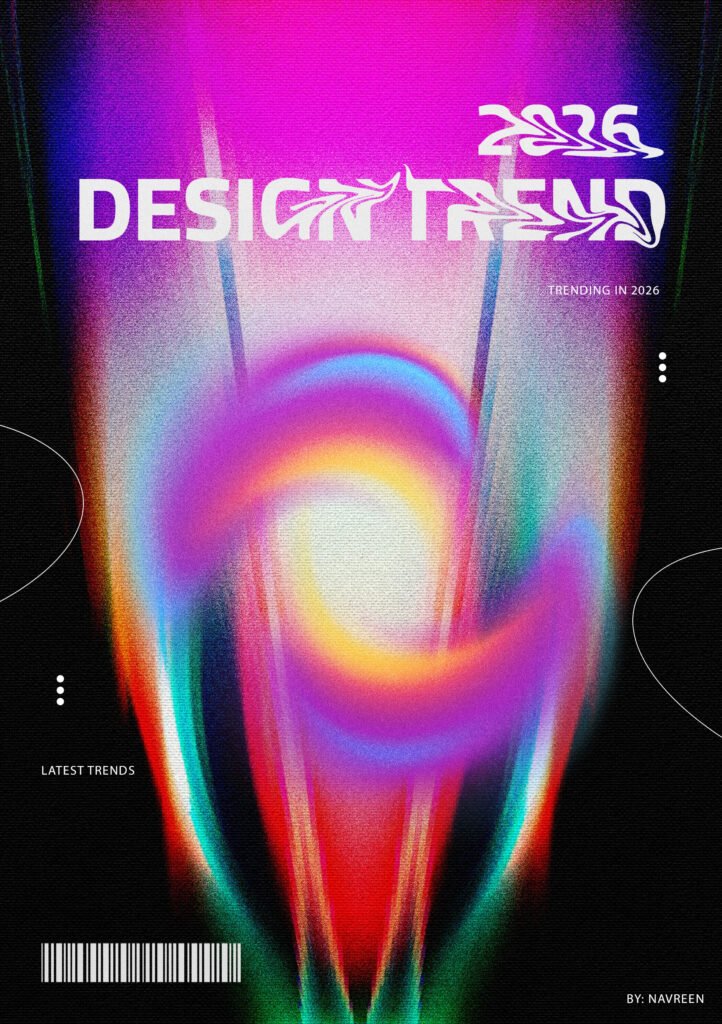
6. Blurry Ethereal Florals: Soft Botanical Dreamscapes
Blurry ethereal florals represent the softer side of contemporary 2026 graphic design trends, offering an antidote to harsh digital aesthetics. This style features botanical elements rendered with soft focus, gentle overlays, and dreamy transparency that creates romantic, atmospheric compositions.
Unlike traditional botanical illustration with its sharp detail and scientific accuracy, ethereal florals embrace abstraction and mood. Flowers and plants become suggestions rather than explicit representations – petals blur into color fields, stems dissolve into gradient strokes, and botanical forms layer and blend like watercolor washes.
This trend has found particular resonance in wellness brands, beauty products, wedding industries, and lifestyle publications. The soft, calming aesthetic aligns perfectly with themes of self-care, natural beauty, and mindful living. Digital applications often incorporate subtle animation where florals gently sway or pulse, enhancing the dreamlike quality.
The color palette for blurry ethereal florals tends toward pastels, muted tones, and sophisticated neutrals with occasional pops of deeper color for contrast. Designers are moving away from the millennial pink dominance toward more complex palettes featuring sage greens, dusty mauves, warm terracottas, and soft grays.
Creating ethereal floral designs requires understanding of composition, negative space, and subtle color transitions. The blur should feel intentional rather than accidental – more like selective focus photography than poor image quality. Layering is key, with multiple floral elements overlapping at different opacities to create depth and visual interest.
7. Type Collage Design: Layered Textual Compositions
Type collage design is exploding as one of the most dynamic 2026 graphic design trends, transforming typography from a tool for communication into the primary visual element. This approach layers multiple typefaces, sizes, orientations, and treatments to create dense, expressive compositions that prioritize impact over conventional readability.
Drawing inspiration from punk zines, Dadaist collages, and street poster art, type collage pushes typography to its limits. Designers combine serif and sans-serif fonts, mix upper and lowercase letters unconventionally, overlap text at various angles, and incorporate distressed textures and effects. The result is visually complex, energetic, and often confrontational.
This trend works exceptionally well for music branding, editorial design, activist messaging, and fashion graphics. It’s less about communicating information clearly and more about creating mood, energy, and visual impact. The most successful type collages maintain just enough readability to convey their message while prioritizing visual experimentation.
Creating effective type collage requires strong typographic knowledge and careful balancing of chaos and control. Designers must understand font relationships, visual hierarchy, and compositional balance even while appearing to break all the rules. The key is intentional disorder – every seemingly random placement should serve the overall composition.
Color in type collage ranges from monochromatic restraint to maximalist rainbow explosions. Some designers work primarily in black and white with occasional color accents, while others embrace full-spectrum palettes. Textures, gradients, outlines, shadows, and various effects add additional complexity and depth to these compositions.
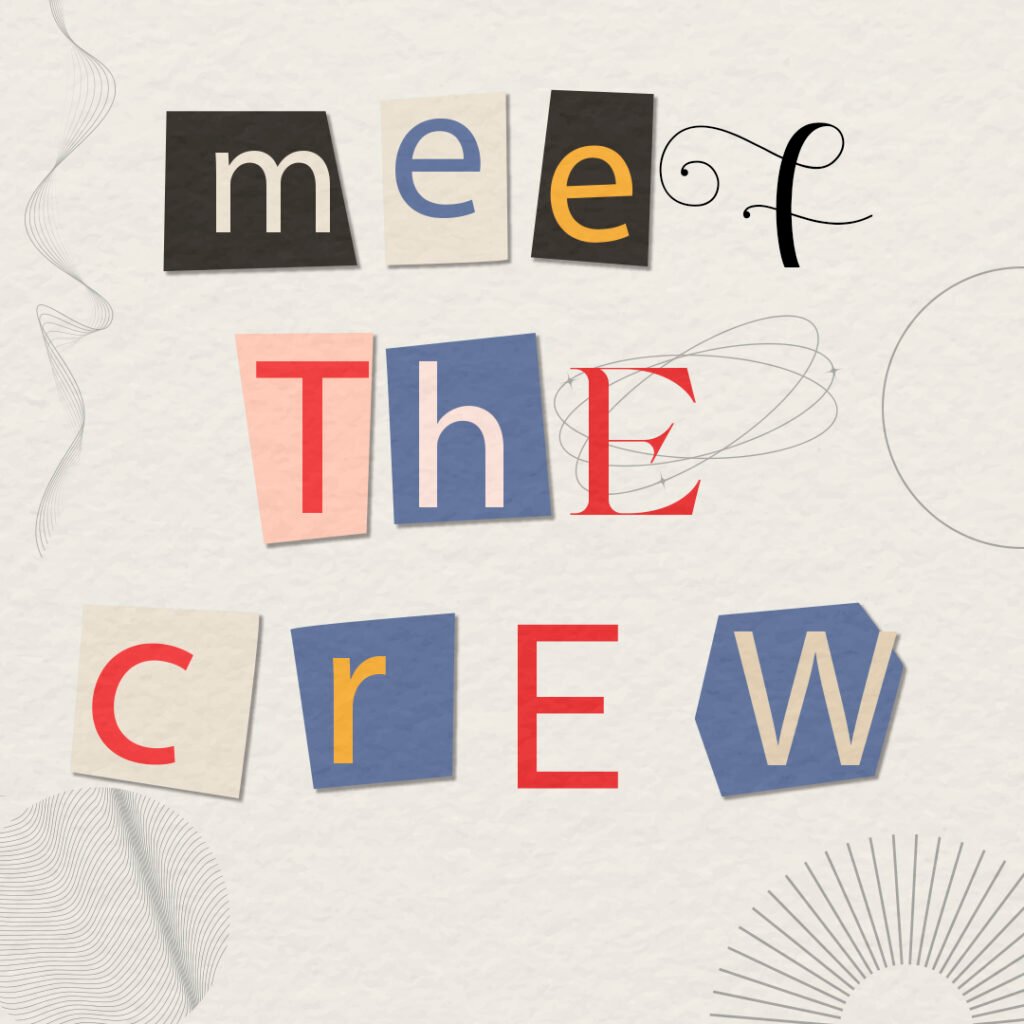
8. Punk Grunge: Raw DIY Aesthetics Return
Punk grunge is making a fierce comeback in 2026 graphic design trends, bringing raw, unpolished aesthetics that reject corporate perfectionism. This movement embraces distressed textures, hand-drawn elements, photocopied effects, and deliberately rough compositions that feel authentic and rebellious.
Unlike the clean grunge aesthetics of previous decades, contemporary punk grunge feels more genuinely DIY and urgent. Designers are incorporating actual analog techniques – photocopying designs multiple times for degradation, scanning textures from physical materials, using real cut-and-paste collage methods – before digitizing the results. This hybrid approach creates authentic imperfection that digital-only processes struggle to replicate.
The punk grunge trend appeals to audiences seeking alternatives to algorithmic perfection and AI-generated sameness. It signals authenticity, independence, and countercultural values. Underground music scenes, independent publishers, activist organizations, and alternative fashion brands are particularly drawn to this aesthetic.
Typography in punk grunge designs features distressed fonts, stenciled letterforms, ransom-note letter mixing, and deliberately poor kerning. Images appear photocopied, torn, or glitched. Color palettes often center on black, white, and limited spot colors – reminiscent of photocopied zines and screen-printed posters.
Creating convincing punk grunge requires understanding the aesthetic’s roots and avoiding the trap of using preset “grunge” filters that feel artificial. Study actual punk zines, photocopied flyers, and DIY graphics from various eras. The authenticity comes from understanding the constraints and techniques of analog production rather than just applying distressed textures to digital work.
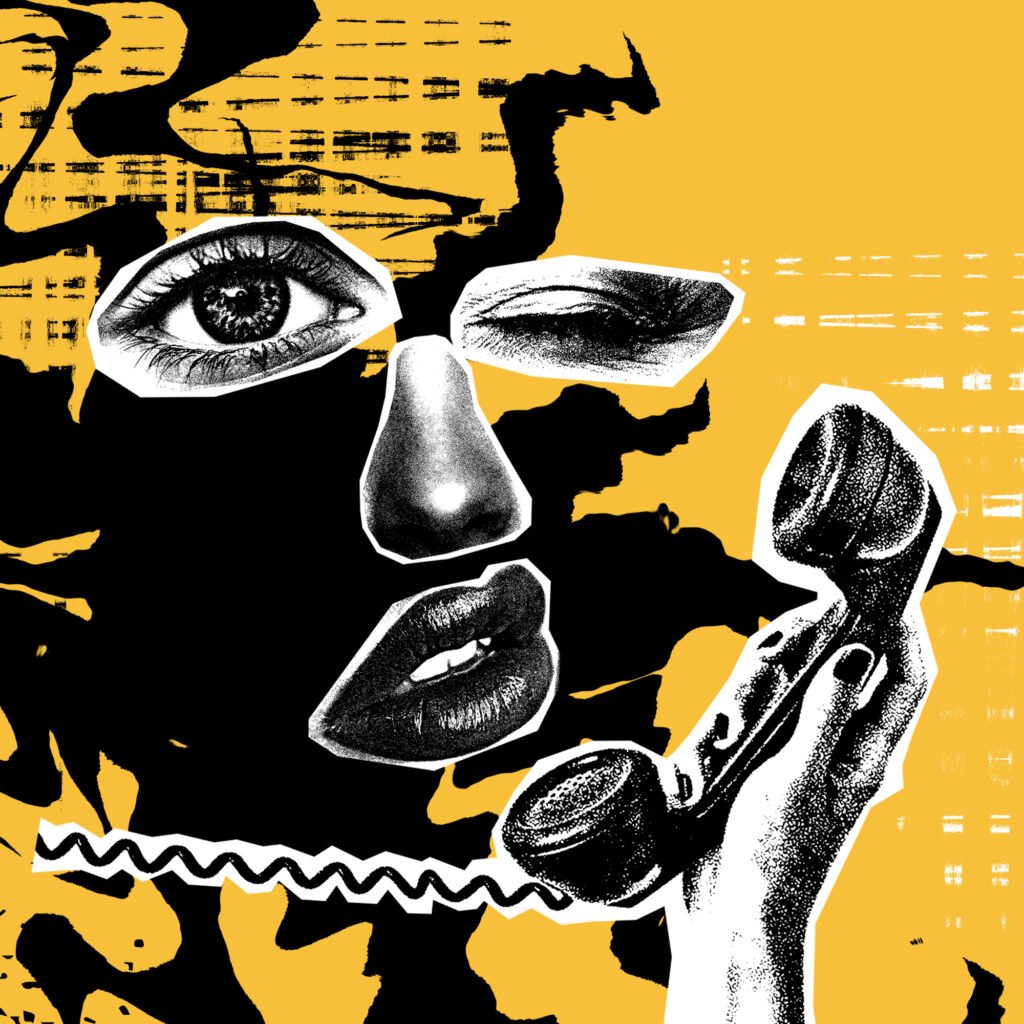
9. Signal Graphic Design: Communication Through Visual Codes
Signal graphic design emerges as one of the more conceptual 2026 graphic design trends, treating visual elements as communication systems rather than mere decoration. This approach draws inspiration from semiotics, wayfinding systems, data visualization, and instructional diagrams to create graphics that feel purposeful and systematic.
Designers working in the signal style create visual languages with consistent rules and logic. Every color, shape, line weight, and arrangement carries specific meaning within the system. The aesthetic feels technical and precise, reminiscent of engineering diagrams, airport signage, or scientific charts, but applied to brand identity and marketing contexts.
This trend reflects growing appreciation for clarity, functionality, and systematic thinking in design. In an age of information overload, signal graphic design offers refreshing directness. It’s particularly effective for tech companies, transportation services, educational institutions, and organizations that value transparency and clarity.
The color palettes in signal design tend toward limited, high-contrast schemes where each color has designated meaning. Typography is typically clean, geometric, and highly legible – often sans-serif fonts with excellent readability at multiple sizes. Layouts emphasize grid systems, alignment, and logical information hierarchy.
Implementing signal graphic design requires thinking about design as a system rather than individual pieces. Create rules and stick to them consistently. Every element should have a clear purpose and meaning within your system. Documentation becomes crucial – many signal design systems include extensive style guides explaining the logic behind every decision.
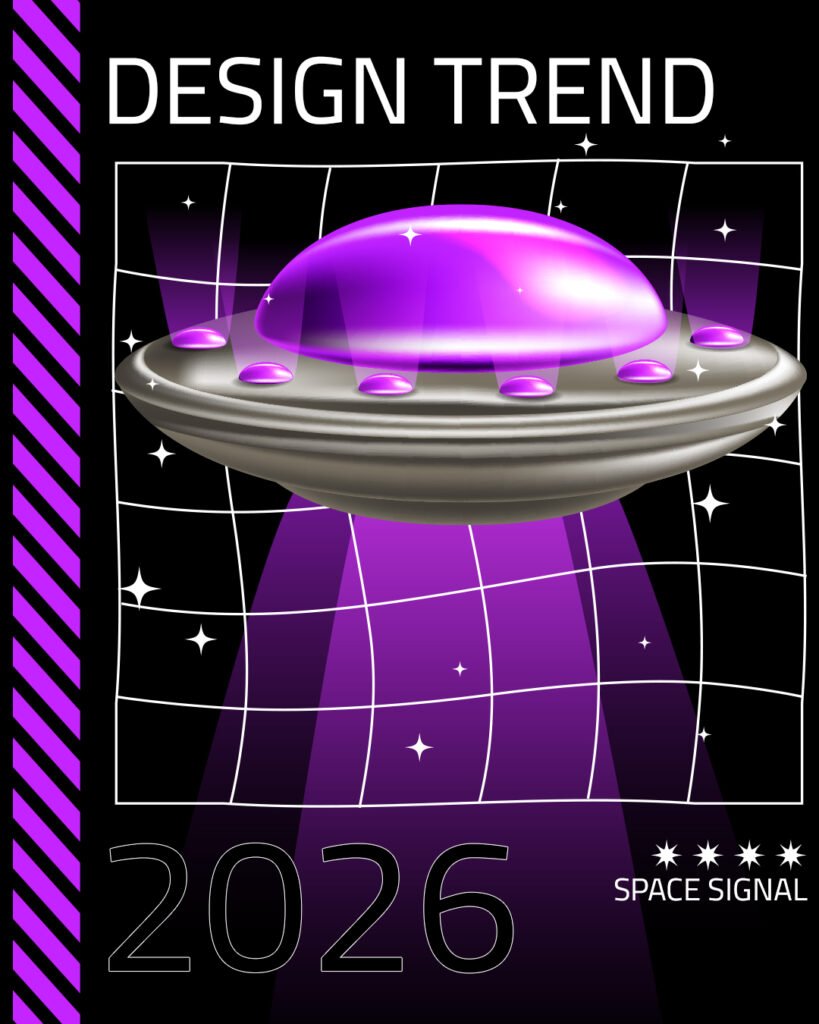
10. Blueprint Design: Technical Aesthetics Meet Modern Branding
Blueprint design brings architectural and engineering aesthetics into mainstream graphic design as one of the distinctive 2026 graphic design trends. This style mimics technical drawings with their precise linework, dimensional annotations, and distinctive blue-and-white color schemes, but applies these elements to contemporary branding and marketing.
The blueprint aesthetic appeals to audiences who value craftsmanship, precision, and the beauty of technical documentation. It’s experiencing particular popularity in craft beer branding, architectural firms, construction companies, and artisanal product packaging. The style communicates expertise, attention to detail, and respect for process.
Modern blueprint design isn’t limited to traditional blue backgrounds with white lines. Contemporary interpretations experiment with inverted colors, additional accent colors, and integration with other design styles. Some designers combine blueprint aesthetics with photography, illustration, or digital elements to create hybrid approaches that feel both technical and approachable.
Typography in blueprint design typically features technical-looking fonts – sometimes actual drafting typefaces, other times modern interpretations of technical lettering. Annotations, dimension lines, leader arrows, and other technical drawing conventions become decorative elements that add visual interest while reinforcing the aesthetic.
Creating effective blueprint designs requires understanding basic technical drawing conventions even when not following them literally. Study actual blueprints, architectural drawings, and engineering schematics to understand their visual language. The most successful contemporary applications capture the spirit of technical documentation without becoming so literal that they lose accessibility.
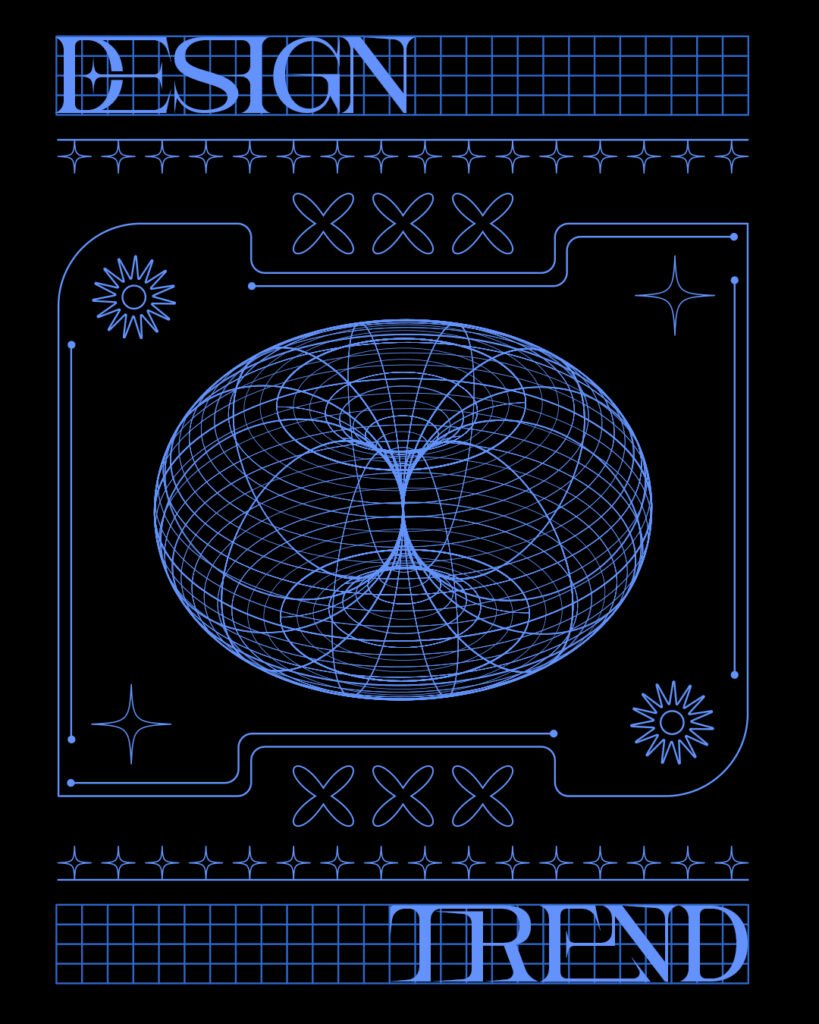
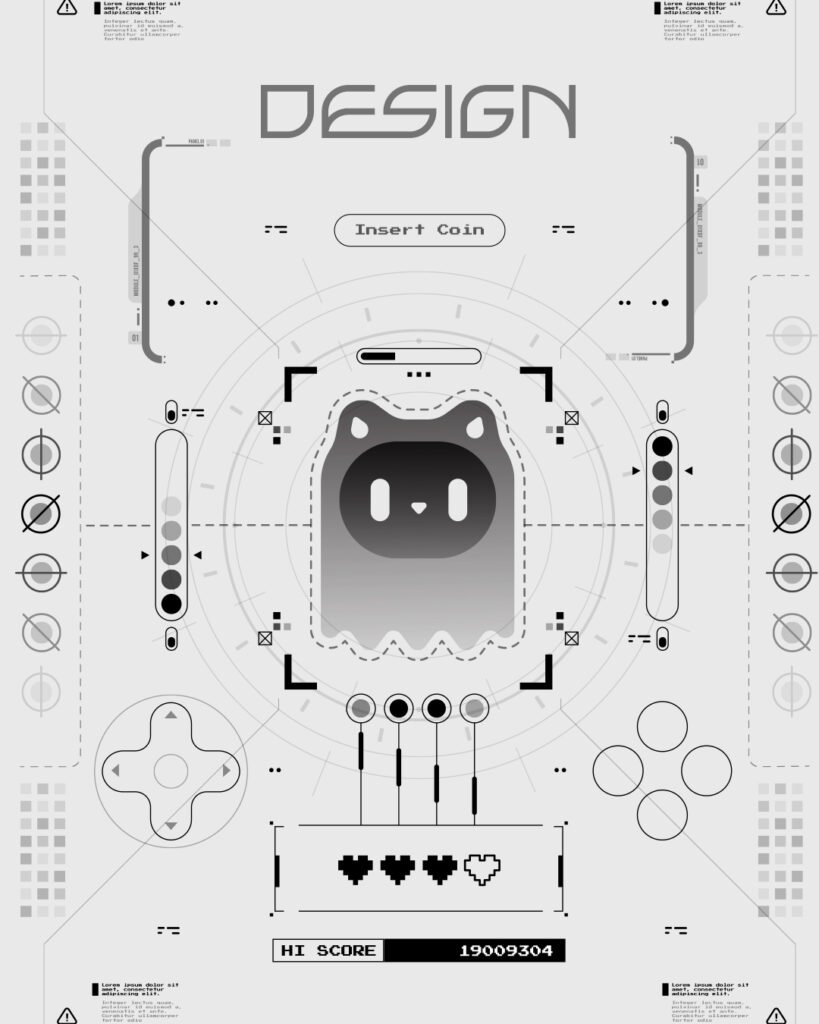
11. Distorted Portrait Design: Faces Beyond Recognition
Distorted portrait design challenges conventional portraiture by fragmenting, warping, and abstracting human faces into something simultaneously recognizable and alien. This trend represents one of the more avant-garde 2026 graphic design trends, pushing boundaries of representation and identity.
Designers achieve distortion through various techniques: digital glitching, analog distortions like photocopying or reflections, cubist-inspired fragmentation, stretching and warping, multiple exposures, and creative cropping. The goal isn’t necessarily beauty or even likeness, but rather exploring what faces mean, how identity functions, and what happens when we disrupt expected visual patterns.
This trend resonates in contemporary art contexts, fashion editorials, music industry graphics, and experimental branding. It reflects broader cultural conversations about digital identity, surveillance, social media personas, and the constructed nature of self-presentation. In an age where faces are constantly photographed, filtered, and shared, distorted portraits ask: what is a face, really?
The most compelling distorted portraits maintain some connection to their source while transforming it into something new. Total abstraction loses the tension between recognition and disorientation that makes the style effective. Viewers should experience a moment of uncertainty – is that a face? – followed by recognition that makes them question their perception.
Color treatment in distorted portraits ranges from monochromatic to hypersaturated. Some designers work with natural flesh tones but distort them subtly, while others embrace unnatural color shifts, chromatic aberrations, or complete color inversions. The distortion can emphasize or challenge expectations about how faces should look.
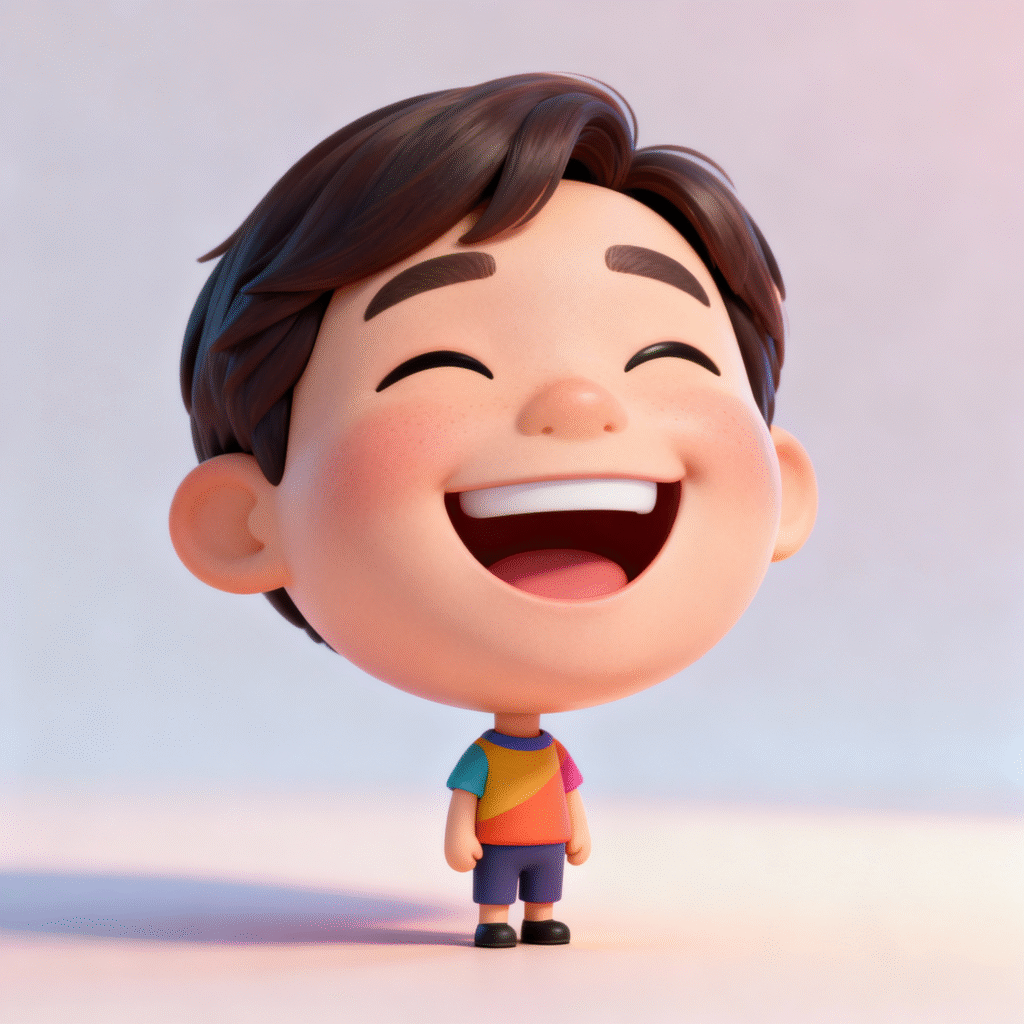
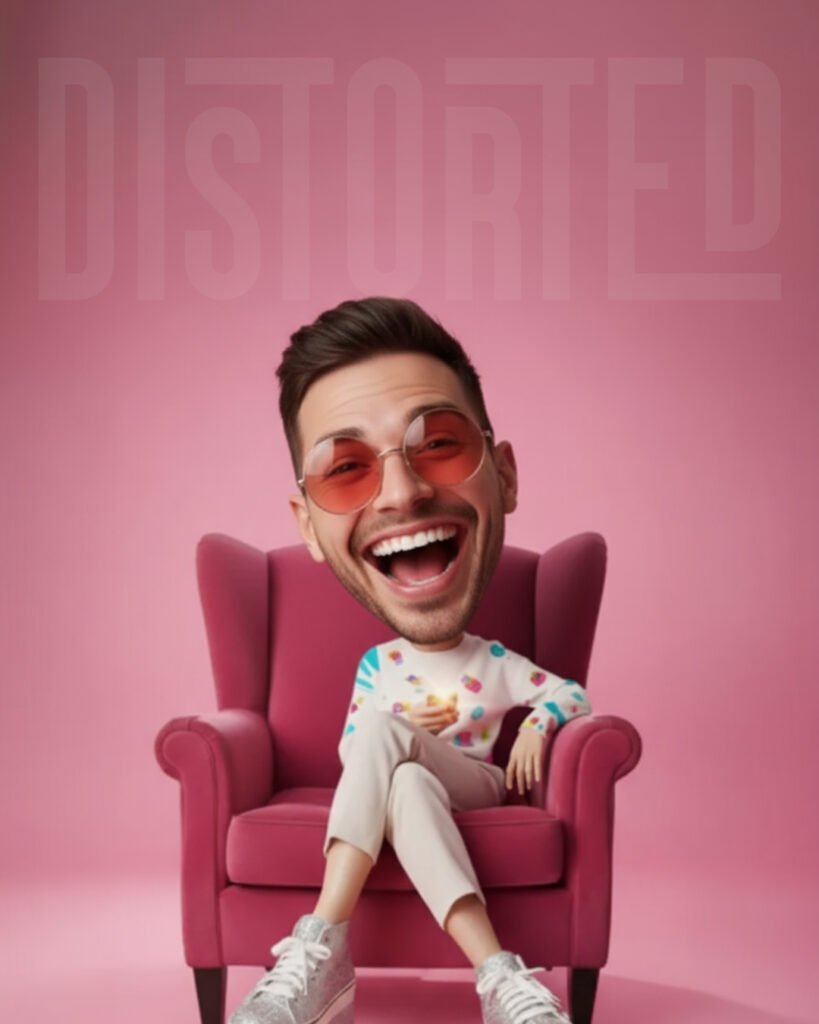
Also read: Google Veo
12. Future Medieval: Anachronistic Historical Fusion
Future medieval stands out among 2026 graphic design trends by combining medieval illuminated manuscript aesthetics with science fiction and futuristic elements. This seemingly contradictory fusion creates visually striking designs that feel simultaneously ancient and far-future.
The trend draws inspiration from actual medieval manuscripts with their ornate borders, illuminated letters, gold leaf effects, and intricate decorative patterns. However, these elements are combined with cyberpunk motifs, sci-fi typography, holographic effects, and futuristic color palettes. The result suggests alternate timelines, fantasy worlds, or futures that have rediscovered historical aesthetics.
Future medieval appeals to audiences interested in fantasy literature, gaming culture, speculative fiction, and alternative histories. It’s particularly popular in book cover design, game branding, metal band imagery, and fantasy-themed products. The style offers richness and detail that stands out in minimalist-dominated design landscapes.
Typography in future medieval designs often features blackletter or gothic fonts combined with modern or futuristic typefaces. Ornate initial capitals reminiscent of illuminated manuscripts might introduce paragraphs of crisp sans-serif text. Decorative borders might incorporate circuit board patterns alongside floral motifs.
Creating convincing future medieval requires understanding both historical source material and futuristic design languages. Study actual medieval manuscripts to understand their compositional principles, then thoughtfully integrate contemporary elements rather than just slapping old and new together. The best examples feel coherent despite their anachronistic combinations.
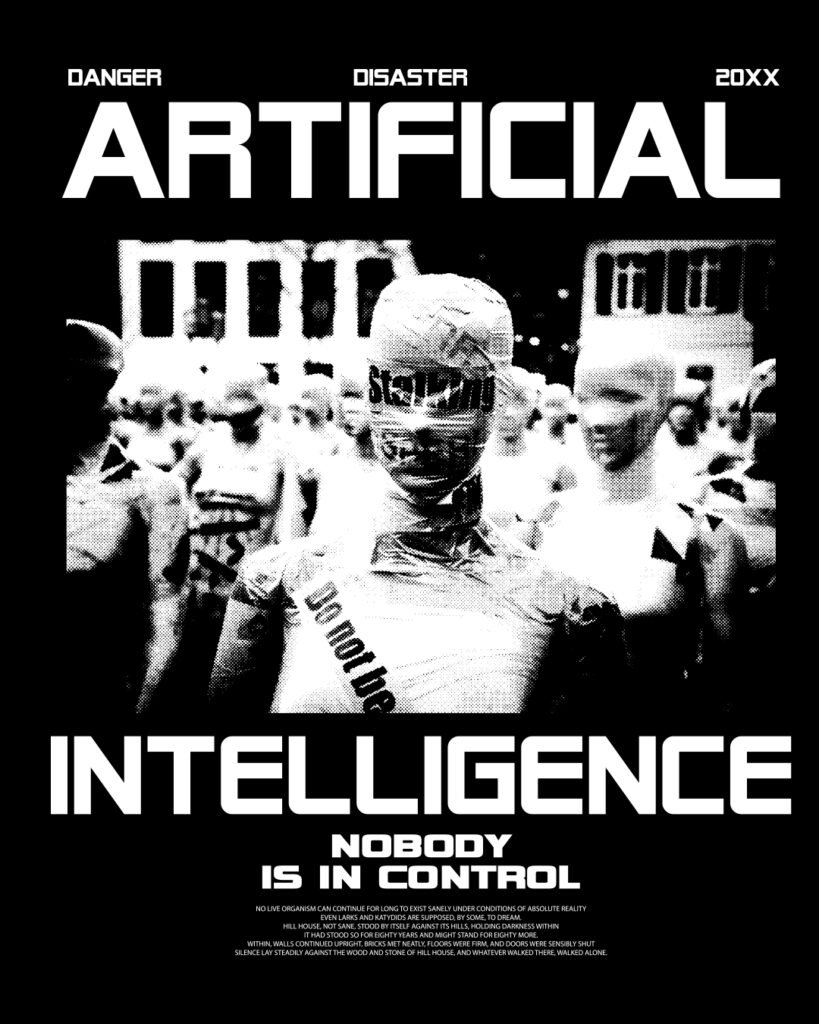
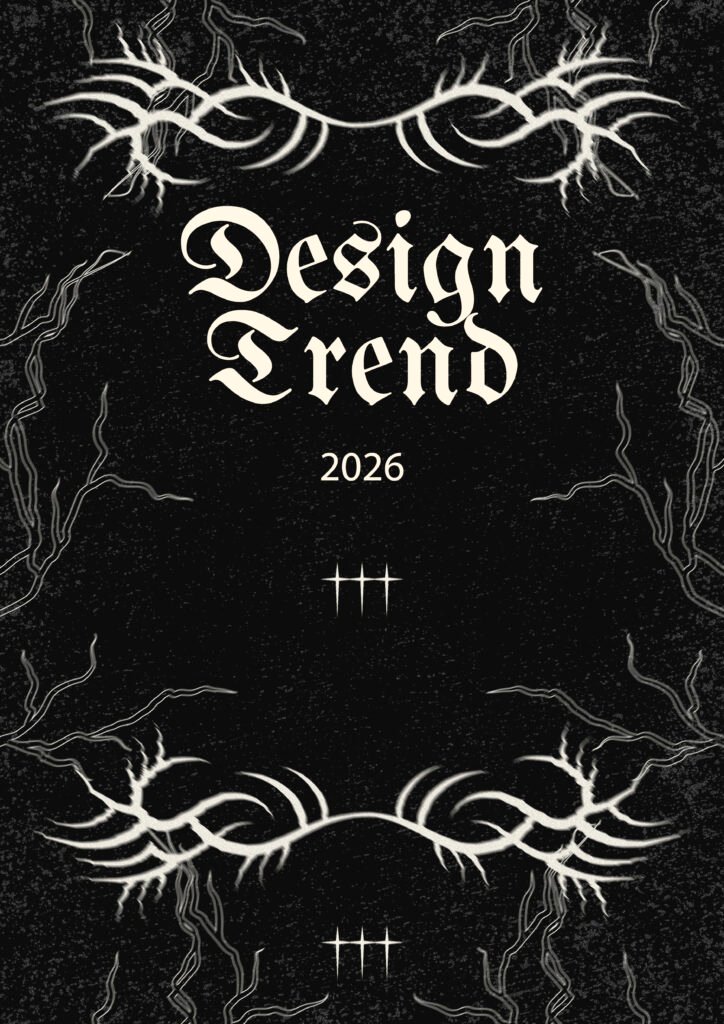
13. Surveillance Design: Privacy, Watching, and Visual Paranoia
Surveillance design represents one of the more conceptually charged 2026 graphic design trends, incorporating visual elements associated with security cameras, monitoring systems, data tracking, and privacy concerns. This aesthetic reflects growing cultural anxiety about constant observation in digital and physical spaces.
Visual elements include camera interface overlays, timestamp graphics, scanning effects, target reticles, night vision aesthetics, QR codes and barcodes, pixelated anonymization, and warning symbols. The style evokes feelings of being watched, tracked, or documented – sometimes dystopian and unsettling, other times playful and ironic.
The trend appears in streetwear branding, music videos, social media graphics, and experimental art projects. Some designers use surveillance aesthetics to critique actual surveillance culture, while others embrace the aesthetic purely for its visual impact. The ambiguity between serious commentary and surface style creates interesting tension.
Color palettes often draw from actual security camera footage and monitoring interfaces: green phosphor screen effects, infrared warmth mapping, stark black and white, and the cold blues of digital displays. Typography tends toward monospace fonts that resemble terminal text or security system readouts.
Implementing surveillance design raises ethical questions about aestheticizing real privacy concerns. The most thoughtful applications engage meaningfully with surveillance culture rather than just appropriating its visuals. Consider what your use of these aesthetics communicates and whether it reinforces or critiques the systems it represents.
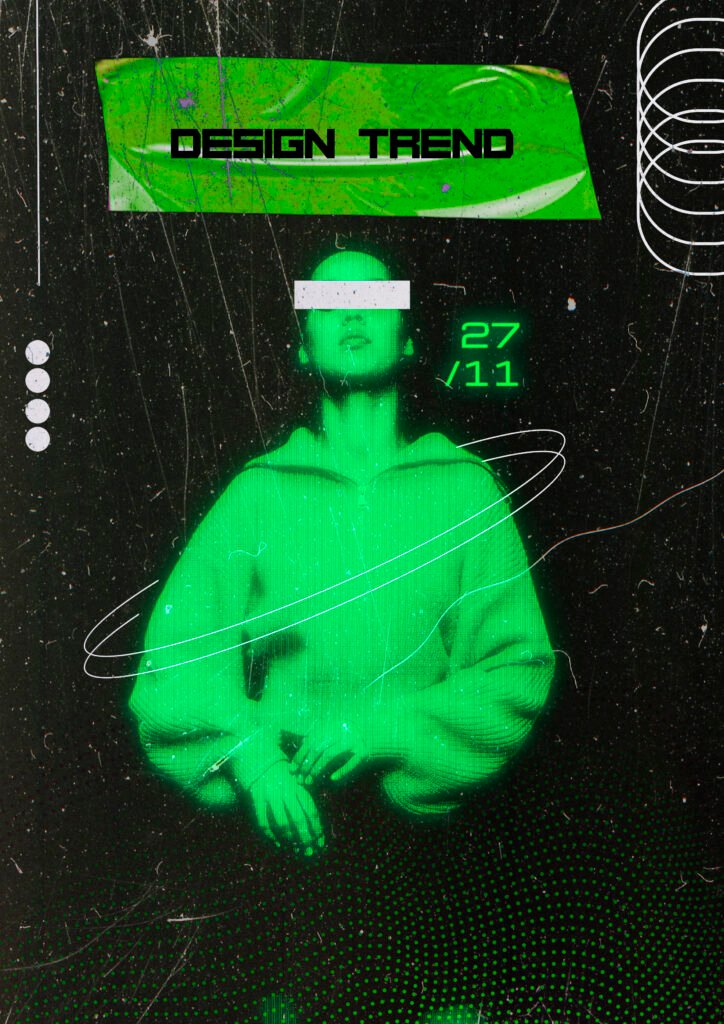
14. Three Rising Design Trends: Breaking New Ground
Beyond the established 2026 graphic design trends, three emerging styles are gaining significant momentum and deserve attention as they represent where design might be heading next. These rising trends are capturing the imagination of creative communities and slowly making their way into mainstream applications.
Kidcore Design: Nostalgic Childhood Aesthetics
Kidcore design is rapidly rising among 2026 graphic design trends by embracing the visual language of childhood with unapologetic joy. This style features primary colors, simple shapes, crayon textures, playful illustrations, and nostalgic references to elementary school art projects. Unlike genuinely childish design, kidcore is self-aware and often ironic, appealing to adults seeking comfort and nostalgia.
The aesthetic celebrates bold rainbow colors, chunky bubble letters, stick figure illustrations, craft paper textures, and references to childhood activities like coloring books and playground equipment. It’s experiencing particular popularity in streetwear branding, music industry graphics, and products targeting millennials and Gen Z audiences with disposable income and deep fondness for their formative years.
What makes kidcore effective is its sophisticated application of seemingly simple elements. Designers often incorporate actual children’s artwork or employ techniques that authentically mimic childhood drawing styles – wobbly lines, imperfect coloring, fingerpaints effects, and construction paper collages. However, the overall composition and strategic application remain professional and intentional.
The color palette is unabashedly vibrant – think Crayola box primaries, neon highlighters, and the specific hues of school supplies from the 1990s and early 2000s. Typography frequently features rounded, bubbly letterforms reminiscent of children’s books and educational materials. Illustrations might include smiley faces, stars, hearts, and other universally recognizable childhood symbols.
Kidcore represents more than just aesthetic nostalgia – it’s an emotional response to contemporary anxieties. In uncertain times, the simple certainties and innocent joys of childhood offer psychological comfort. Brands using kidcore tap into these feelings, creating spaces that feel safe, optimistic, and uncomplicated.
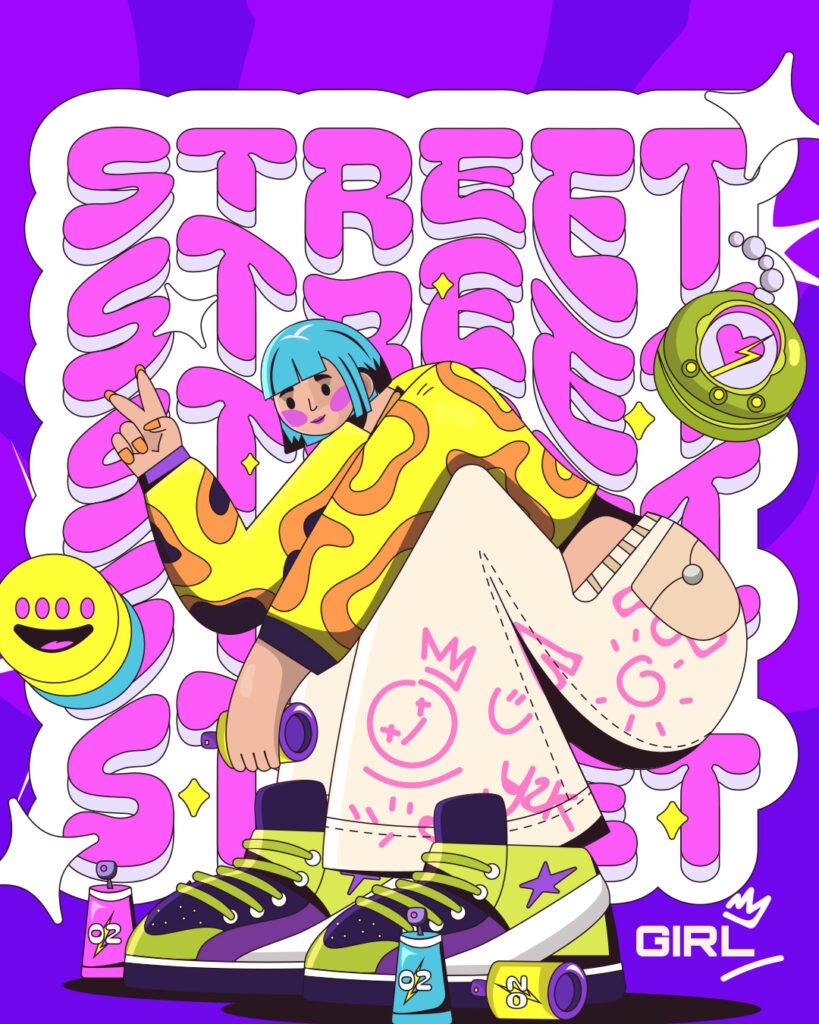
Frutiger Aero Design: Y2K’s Glossy Successor Returns
Frutiger Aero design is experiencing a nostalgic revival among rising 2026 graphic design trends, bringing back the specific aesthetic period from the mid-2000s characterized by glossy textures, skeuomorphic interfaces, and optimistic technological futurism. Named after typeface designer Adrian Frutiger and Microsoft’s Aero interface, this style represents a particular moment in digital design history.
The visual language includes glossy buttons and surfaces that appear dimensional and touchable, lens flares and light effects suggesting photography and realism, water droplets and reflections emphasizing clarity and freshness, green grass and blue skies representing harmony between technology and nature, abstract organic shapes flowing like water or air, and aurora-like gradient flows creating atmospheric depth.
This aesthetic represented early 2000s technological optimism – a cultural moment when people believed digital technology would harmoniously integrate with nature rather than dominate or replace it. Interface design mimicked physical materials through skeuomorphism, helping users transition from analog to digital. The glossy, polished look suggested sophistication and premium quality.
Current Frutiger Aero revival often adds ironic distance or combines the aesthetic with contemporary design elements. It appeals to audiences nostalgic for pre-smartphone internet culture, Windows Vista and Mac OS X aesthetics, and the particular brand of technological optimism that characterized that era. The trend appears prominently in music production (especially vaporwave-adjacent genres), retro-future branding, and gaming interfaces.
Color palettes feature the signature combination of sky blues, grass greens, and pure whites, often with glossy gradients that suggest reflective surfaces. Aqua and cyan tones are particularly common, referencing the Aero interface palette. Accent colors include bright oranges, yellows, and lime greens that suggest energy and vitality.
AI Abstract Design: Machine-Generated Aesthetics
AI abstract design represents one of the most contemporary rising 2026 graphic design trends, encompassing visuals created or influenced by artificial intelligence tools. While AI image generation has become widespread, this trend specifically focuses on the abstract, algorithmic aesthetic that distinguishes machine-generated art from human creation.
These designs feature organic-yet-geometric patterns that feel simultaneously natural and impossible – structures that follow mathematical logic but create unexpected visual results. Color combinations often surprise because they’re chosen through algorithmic processes rather than human intuition or color theory training. Textures exist somewhere between photograph and painting, digital and analog, creating unique visual qualities.
The aesthetic is distinctly contemporary and could not have existed before AI image generation became accessible to designers. It represents a genuinely new visual language emerging from machine learning processes. Some patterns resemble fractals or mathematical visualizations, while others create dreamlike landscapes that defy physics and perspective.
Designers are engaging with AI abstract in various ways. Some use AI tools as creative partners, generating abstract elements they then refine, combine, and incorporate into larger compositions. Others study AI-generated aesthetics carefully to understand how machines “see” and “think” about visual composition, then translate these insights into human-created work.
The trend raises fascinating questions about authorship, creativity, and the role of machines in design. Color treatments often feature unexpected combinations that human designers might avoid – unusual tertiary colors, unconventional harmony systems, and saturation levels that feel slightly “off” in intriguing ways.
15. Implementing 2026 Graphic Design Trends in Your Work
Understanding these 2026 graphic design trends is valuable, but implementation requires strategic thinking. Not every trend will suit every project, and blindly following trends can make work feel hollow or inauthentic. Here’s how to approach these trends thoughtfully.
Consider Your Audience and Context
Different trends resonate with different audiences. Punk grunge might alienate corporate clients but perfectly suit independent music venues. Blueprint design could elevate artisanal product branding but feel out of place for tech startups. Analyze your target audience, brand values, and project goals before selecting trendy aesthetics.
Research your audience’s visual preferences and cultural references. A trend that excites design communities might confuse or alienate general audiences. Conversely, mainstream audiences often embrace trends long after designers consider them passé. Understanding your specific context is crucial.
Combine Trends Thoughtfully
The most interesting contemporary work often combines multiple trends rather than applying one monolithically. You might blend ethereal florals with gradient layouts, or combine signal graphics with distorted portraits. However, combinations should feel intentional rather than confused.
When mixing trends, identify common ground or interesting tensions between them. Perhaps they share color palettes, both embrace imperfection, or create compelling contrast. The combination should serve your project goals rather than just showcasing design knowledge.
Add Your Unique Perspective
Trends become truly valuable when filtered through individual creative perspectives. Don’t just replicate what you see – ask what aspects resonate with you and why. How can you push the trend further, combine it with unexpected elements, or adapt it to your unique circumstances?
The most memorable work maintains recognizable connections to trends while offering fresh perspectives. This requires confidence to trust your instincts and willingness to experiment beyond safe choices. Use trends as starting points rather than destinations.
Prioritize Function Alongside Form
Trendy aesthetics should enhance rather than hinder functionality. Acid blur might look amazing but shouldn’t make text unreadable. Type collage should maintain enough hierarchy for users to navigate information. Surveillance design elements shouldn’t actually confuse users about interface functions.
Always test designs with representative users. Beautiful work that frustrates or confuses audiences ultimately fails. The best trend applications balance visual impact with usability, accessibility, and clear communication.
Please also review the portfolio
Looking Forward: The Future of Design Trends
Here’s something important to understand about design trends – they’re temporary by nature. The 2026 graphic design trends we’re discussing now will inevitably evolve, fragment, or disappear entirely. Some will become mainstream and lose their edge. Others will remain niche but influential. A few might shape design for years to come.
Trends are responses to cultural moments, technological capabilities, and collective creative desires. As culture shifts, technology evolves, and new designers bring fresh perspectives, visual language transforms. What feels cutting-edge today might seem dated tomorrow. That’s not a failure of these trends – it’s their nature.
Sustainable Trend Engagement
Rather than chasing every trend, develop your core design philosophy that remains consistent even as surface aesthetics change. Understanding trends helps you stay current and relevant, but shouldn’t dictate every creative decision.
Build skills that transcend trends: strong typography fundamentals, color theory knowledge, compositional principles, and systematic thinking. These foundations allow you to engage with any trend effectively because you understand why it works, not just how it looks.
Stay curious and observant. Trends emerge from countless sources – street art, subcultures, technological innovations, historical revivals, and pure creative experimentation. The designers who spot trends early are often those who look beyond design publications to broader cultural phenomena.
The 2026 graphic design trends we’ve explored represent exciting possibilities for creative expression and visual communication. From the nostalgic play of Navivel design to the experimental nature of acid blur, from the organizational beauty of trinket design to the rebellious energy of punk grunge – these trends offer diverse tools for designers working across digital and print media.
Understanding these trends provides valuable insights into contemporary visual culture and gives designers a richer vocabulary for creative expression. Each trend responds to specific cultural moments, technological capabilities, or collective creative desires. They reflect where we are as a society and where design might be heading.
However, here’s the essential truth about design trends: they are inherently temporary. What dominates today’s design landscape may disappear entirely within months or years. Trends come and go with surprising speed – we often don’t realize a trend has peaked until it’s already fading. By the time everyone has adopted a particular aesthetic, the cutting edge has usually moved elsewhere.
This transient nature isn’t a weakness of trends but rather their defining characteristic. Design trends emerge, gain popularity, saturate the market, and eventually fade or transform into something new. Some trends leave lasting impacts that influence design for decades. Others vanish almost without trace. Most fall somewhere between – they have their moment, influence subsequent developments, then recede into the background of design history.
The uncertainty about which trends will endure makes design both challenging and exciting. We simply cannot know with certainty which 2026 graphic design trends will have staying power or which ones will fade quickly.
As you move forward with these 2026 graphic design trends, approach them thoughtfully and strategically. Consider your audience, context, and project goals before selecting trendy aesthetics. Not every trend suits every situation. Experiment with combining trends in unexpected ways, and most importantly, add your unique perspective to whatever trends you engage with.
Prioritize functionality alongside fashionable aesthetics. Trendy visuals should enhance rather than hinder communication and usability. The best trend applications balance visual impact with accessibility, clear communication, and genuine user needs.
The design landscape will continue evolving long after 2026. New technologies will enable new aesthetics. Cultural shifts will demand new visual languages. This constant change is what makes design endlessly fascinating and perpetually relevant.
Now we want to hear from you! Which of these 2026 graphic design trends is your favorite? Are there any trends you were already familiar with before reading this article? Most importantly, which trend do you think will actually rule and dominate the design world in 2026?
Drop your thoughts in the comments below! Tell us:
- Which trend excites you the most?
- Which trends have you already seen or used?
- Which design style do you predict will be everywhere in 2026?
- Are there any trends you think we missed?
Your perspective matters, and we’d love to hear what resonates with you as a designer or design enthusiast. Let’s discuss in the comments! Brace the trends that resonate with you today while remaining ready to adapt when the landscape inevitably shifts tomorrow.
Subscribe for Newsletter

